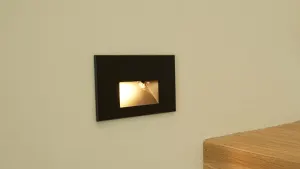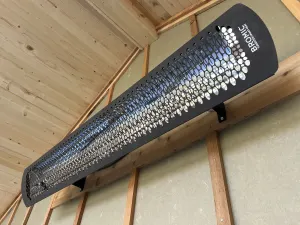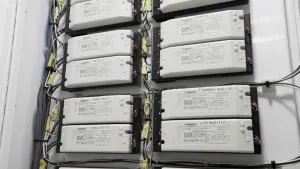CJ from The Build Show delves into the fundamentals of dimmer switches, emphasizing the critical aspect of choosing the right dimmer to avoid common issues like flickering, improper dimming, or lights that fail to turn on or off. He highlights the importance of dimmer compatibility, which involves selecting a dimmer based on the specific type of lighting load it will control, such as incandescent, LED, magnetic transformers, or electronic transformers. Understanding the load type is crucial because each dimmer is designed to handle a certain kind of load, and mismatching can lead to malfunctions.
He also discusses the necessity of adhering to the specifications of a dimmer, including its maximum and minimum load capacity, to prevent overloading or underloading, which can cause the dimmer to fail. For instance, a standard dimmer might be rated for up to 250 watts, but if the connected lights exceed this capacity, it could lead to issues. Conversely, dimmers also have a minimum load requirement, and not meeting this threshold can also result in dimming problems.
CJ advises thoroughly reviewing the dimmer's instructions and the lighting manufacturer's specifications to ensure compatibility. Additionally, he shares insights on tuning dimmers—adjusting the high and low trim settings for optimal performance—and the importance of doing so upon installation to achieve consistent and efficient dimming. He stresses that proper selection, installation, and adjustment of dimmers can significantly enhance the lighting experience in any space, underscoring the value of understanding dimmer basics and compatibility for successful electrical setups.

 Share on facebook
Share on facebook Tweet
Tweet Email
Email Share on Linkedin
Share on Linkedin

















